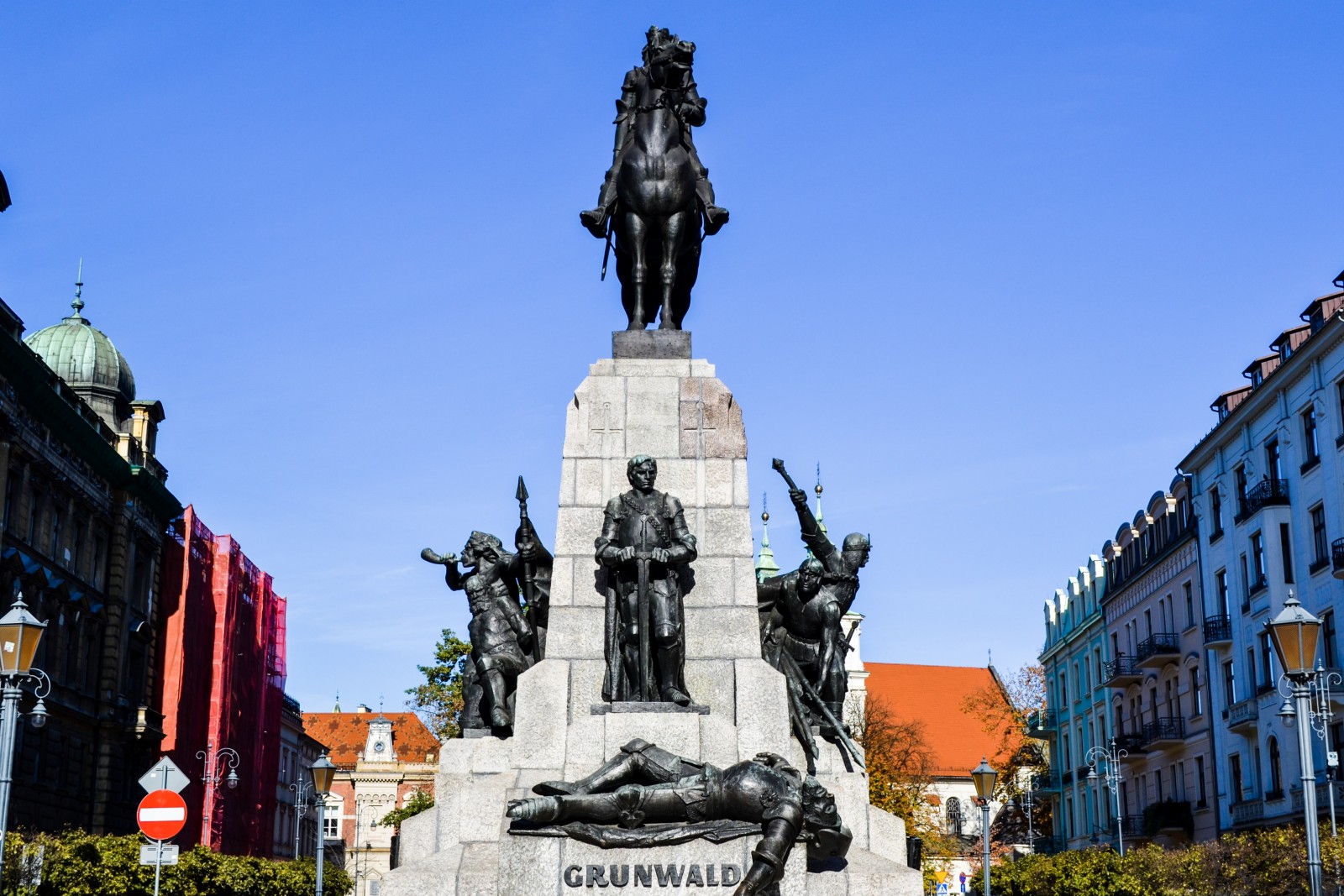Elvis Presley Monument

While wandering about Skałki Twardowskiego city park in Zakrzówek district or relaxing by Zakrzówek Lagoon, it is worth to explore a bit more of this area to stumble upon a beautiful monument of Elvis Presley.
Walking down along Pietrusińskiego street towards Skałki, you will soon realize that you find yourself in Elvis Presley Avenue which has existed in Kraków since 2005. It is quite extraordinary, since Kraków is the only place apart from Memphis with the Elvis Avenue like that. Being 300 metres long, the alley leads to the spot where the monument devoted to the Rock'n'Roll king is located.
Revealed on June 2005 on the Music Days of Kraków, the statue was erected to commemorate the life of the legend. However, the location for it was not chosen at random. Skałki Twardowskiego is where Polish fans of Elvis used to gather in the 70. The initiative of renaming the avenue after Elvis Presley was undertaken by various organisations, such as Polish Association of Extracurricular Interests, Royal Elvis Club 'Good Luck Charm' and Organizing Committee 'Elvis Presley's Avenue'. It was believed that the talent of the King needs to be remembered and his attributes, such as hard work, selflessness and kindness towards people should serve as a role model. On every anniversary of his death, Presley's fans continue to meet by the statue to recall his legend and perform his songs.
Elvis Presley is the icon of popular culture and the owner of one of the most recognizable voices of all time. The King of Rock'n'Roll is famous for performing country music, rhythm and blues as well as gospel for which he won three Grammy Awards. His romantic ballads rapidly won hearts and minds of audience all over the world.
The Rock'n'Roll king died on August 16, 1977 at his mansion in Memphis, being only 42. In the last years of his life, Presley suffered from depression, was resigned and discouraged from music. He was increasingly getting fat and used to abuse his organism by taking alternately sleeping pills and stimulating drugs. The direct reason for the death of Elvis was a cardiac arrest. To this day the residence of the King remains a destination of people who keep believing that Elvis Presley is still alive![]()

